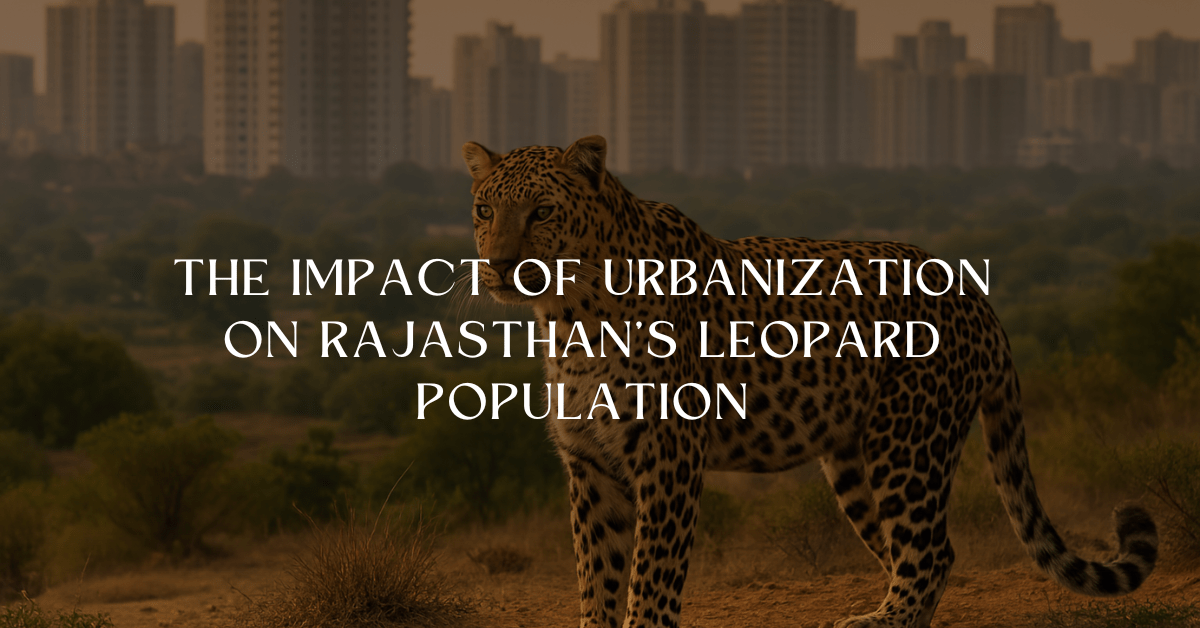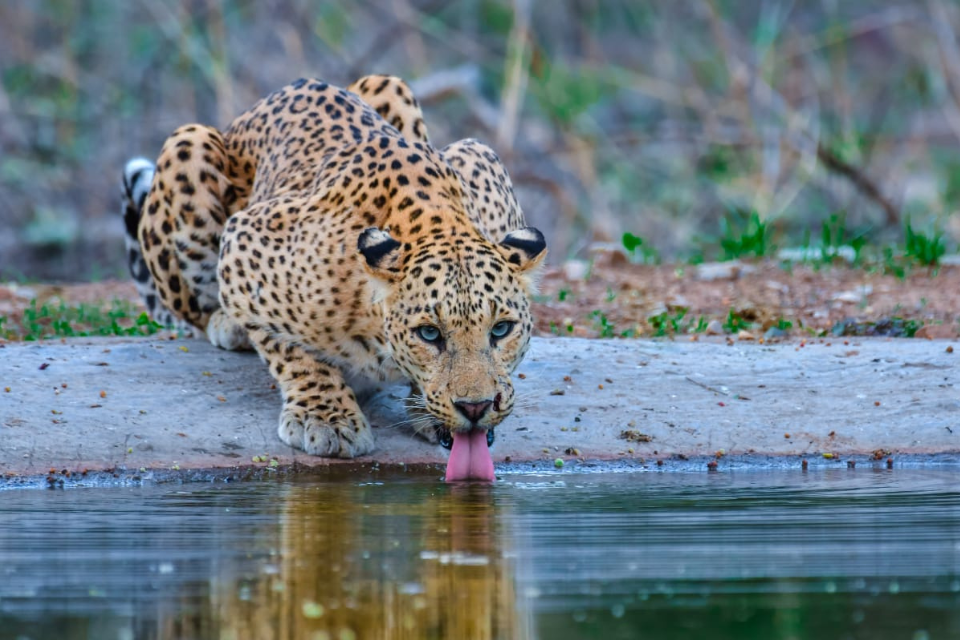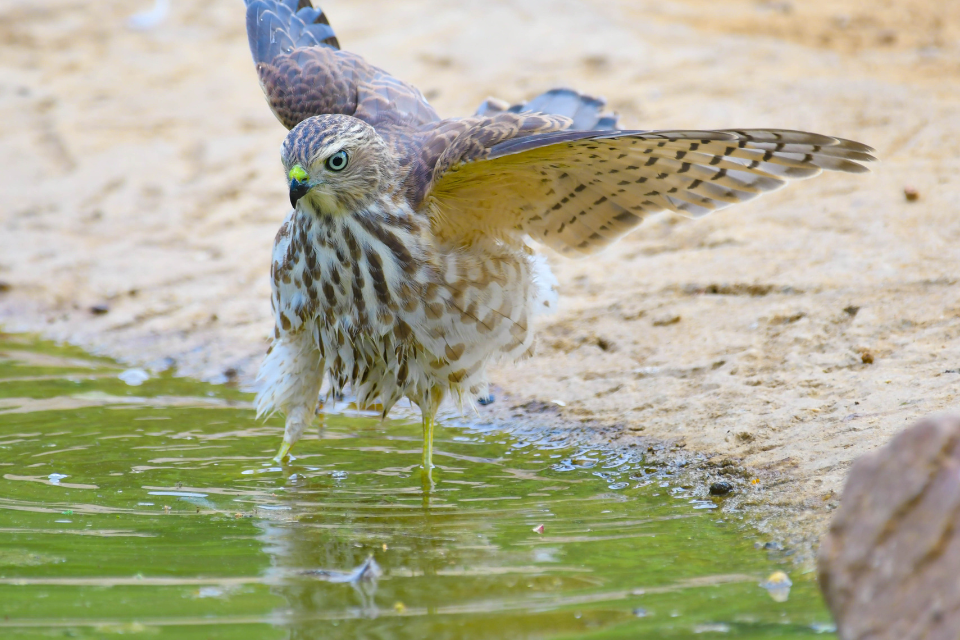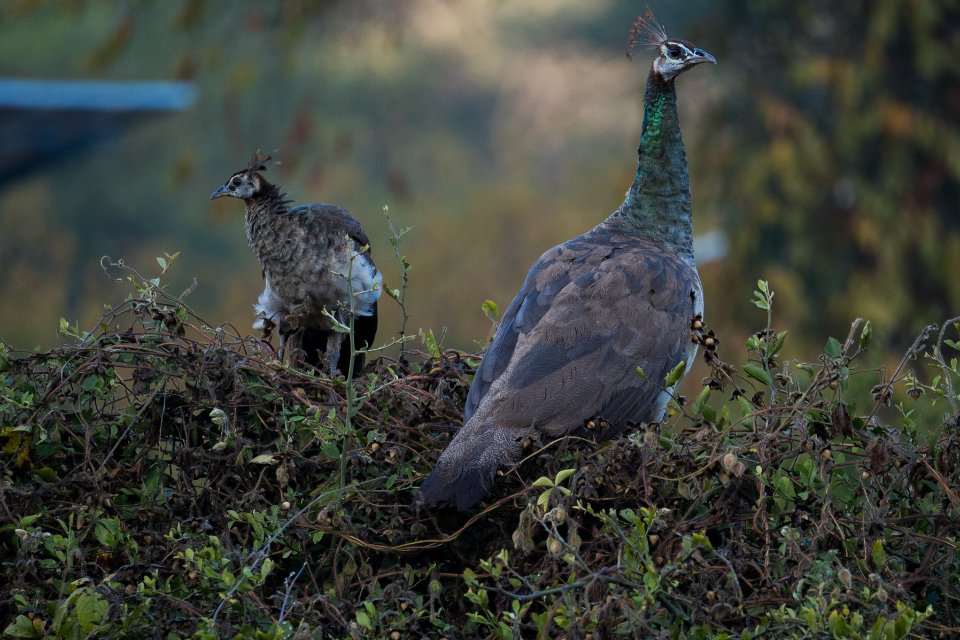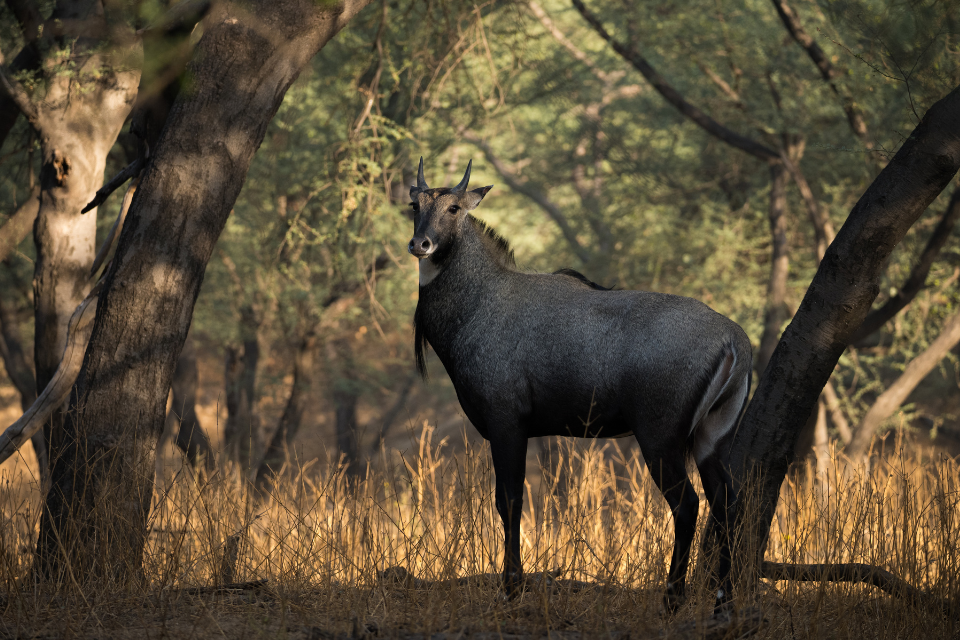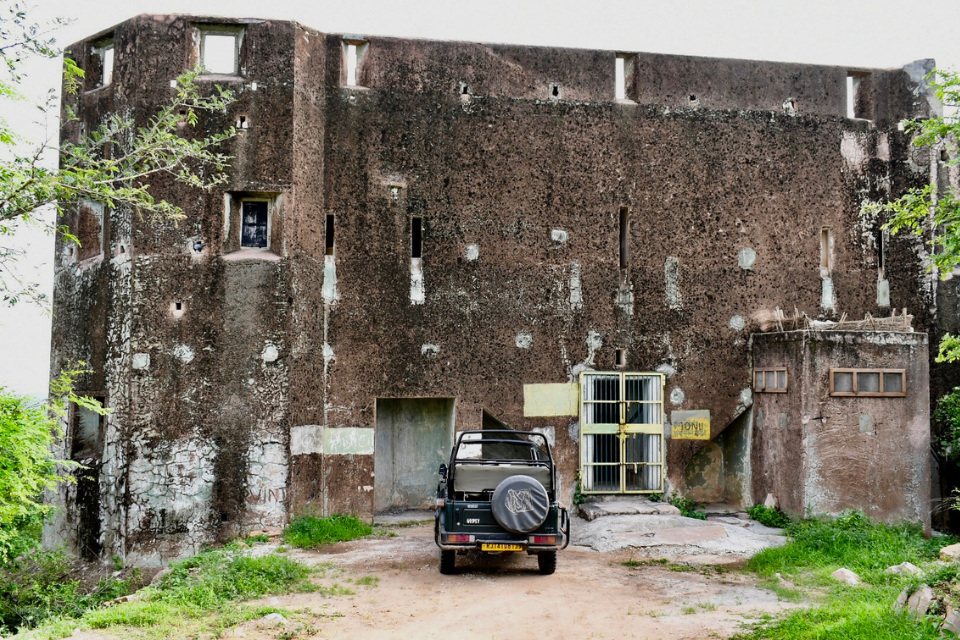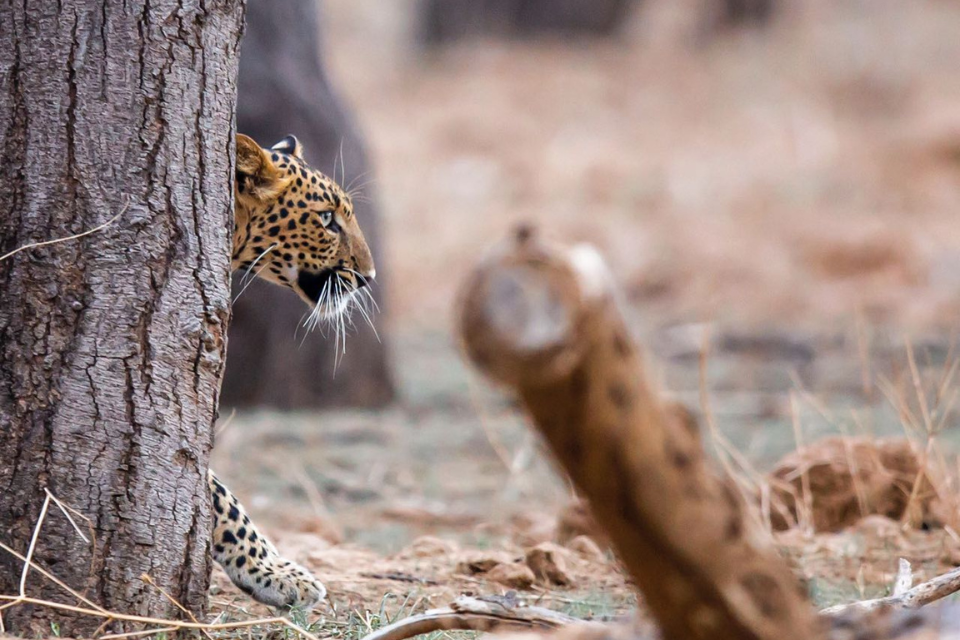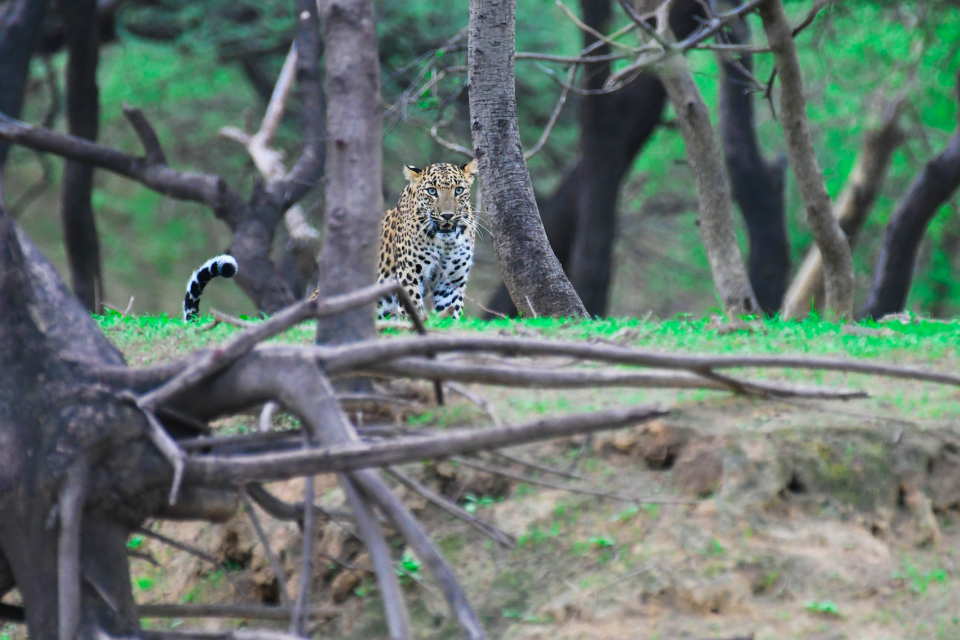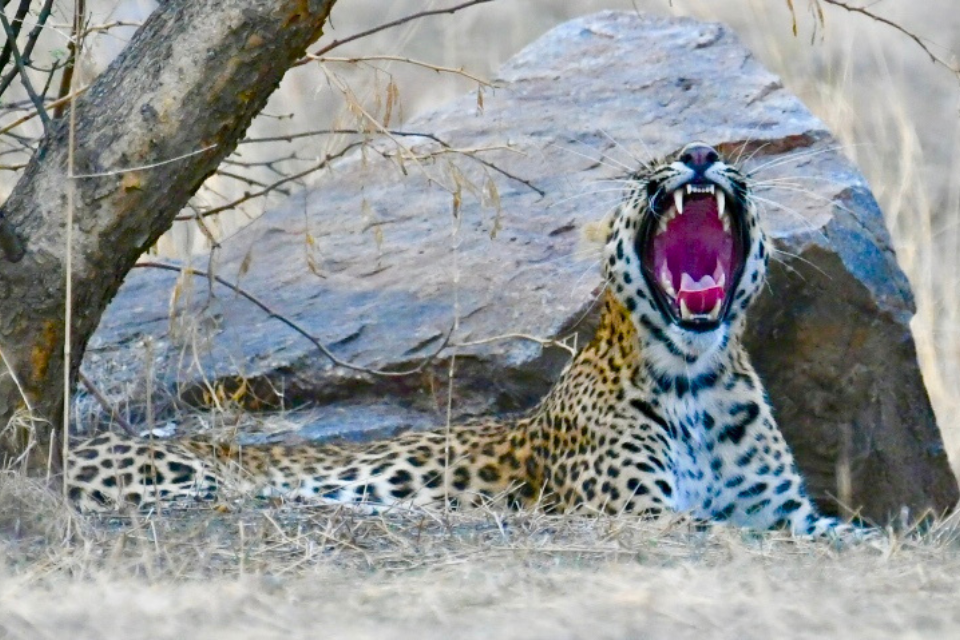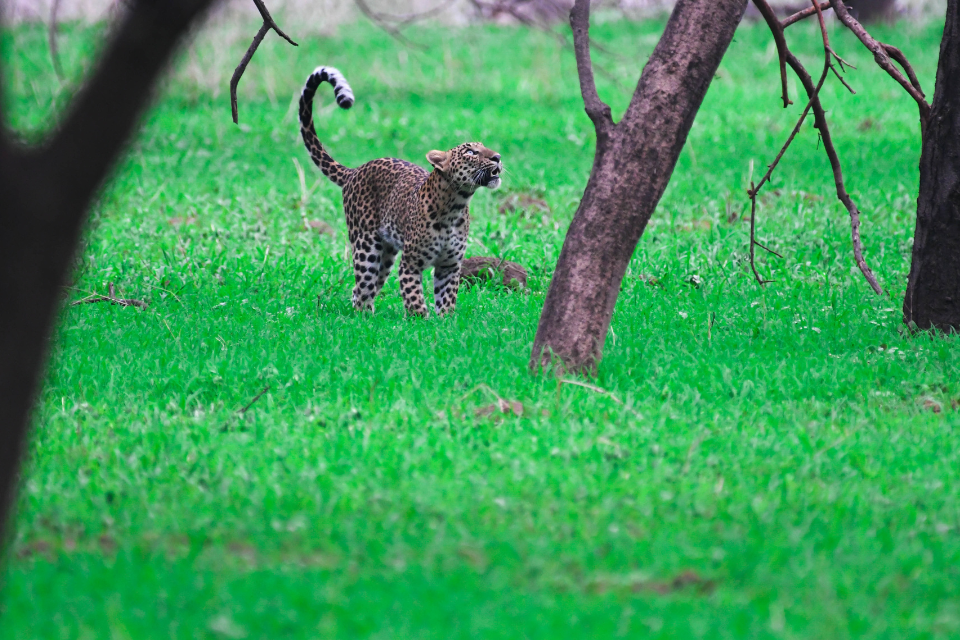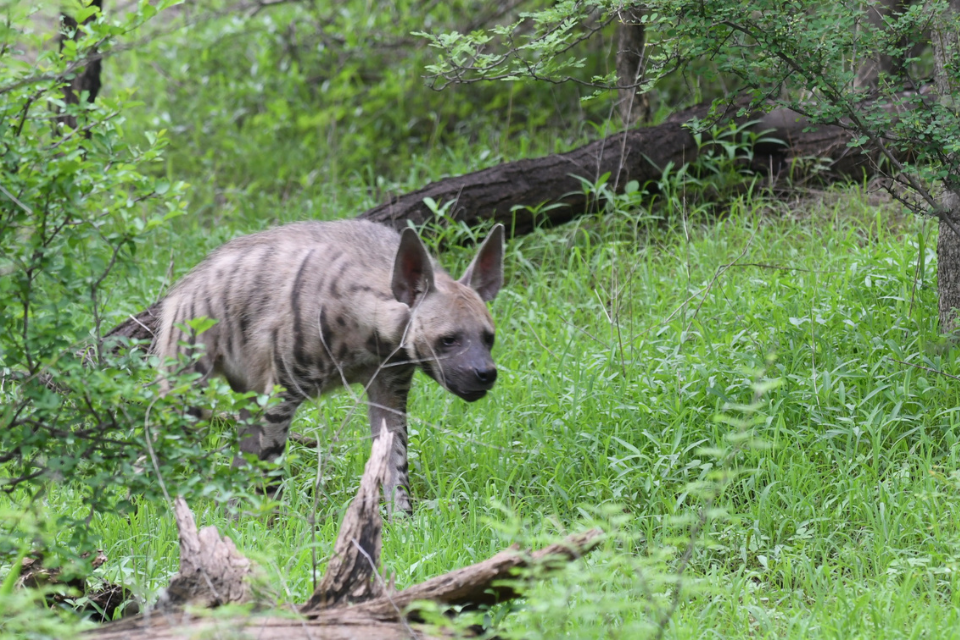- April 15, 2025
The Impact of Urbanization on Rajasthan’s Leopard Population
Leopards, one of India’s most adaptable big cats, have long roamed the forests, hills, and scrublands of Rajasthan. However, rapid urbanization, deforestation, and expanding human settlements have brought them into closer contact with people than ever before.
Rajasthan is home to one of the largest populations of leopards in India, but their survival is increasingly threatened by habitat loss, human-wildlife conflict, and shrinking prey populations. Yet, despite these challenges, leopards have learned to thrive in urban environments, making places like Jhalana Leopard Reserve in Jaipur a conservation success story.
Let’s explore how urbanization is affecting Rajasthan’s leopards, the risks they face, and what is being done to ensure their long-term survival.
- Rajasthan’s Leopard Population – A Stronghold in India
📍 Major Leopard Habitats in Rajasthan:
✔ Jhalana Leopard Reserve (Jaipur) – India’s first urban leopard reserve.
✔ Kumbhalgarh Wildlife Sanctuary – Home to one of the largest leopard populations in India.
✔ Mount Abu Wildlife Sanctuary – A crucial breeding ground for leopards.
✔ Sariska & Ranthambore Reserves – Though known for tigers, leopards thrive here too.
✔ Jawai Hills (Pali district) – Famous for leopard-human coexistence near temples.
🚀 Fact: Rajasthan has an estimated 1000+ leopards, making it one of India’s top states for leopard conservation.
- The Growing Threat: How Urbanization is Affecting Leopards
Over the last few decades, rapid urban expansion in Rajasthan has significantly impacted leopard habitats.
🏗️ A. Habitat Loss & Fragmentation
✔ Cities like Jaipur, Udaipur, and Jodhpur are expanding, eating into leopard territories.
✔ Forests and hills are being cleared for roads, buildings, and industries, reducing safe spaces for leopards.
✔ This forces leopards to move into human-dominated landscapes, increasing conflict.
🚀 Example: Jhalana was once a large forest connected to the Aravallis, but rapid urbanization has completely surrounded it, leaving leopards trapped in a small area.
🐄 B. Human-Wildlife Conflict – When Leopards Enter Cities
✔ As natural prey like deer and wild boars decline, leopards turn to livestock and stray dogs for food.
✔ Villagers often retaliate by poisoning or killing leopards.
✔ Encounters with people have become more frequent, increasing the risk of attacks.
🚀 Example: In 2022, a leopard entered a residential area in Jaipur, creating panic before being safely rescued.
🚗 C. Increased Road Accidents & Infrastructure Projects
✔ Highways and railways cut through leopard corridors, leading to frequent roadkills.
✔ Power lines and fences block natural movement, isolating leopard populations.
🚀 Example: Several leopards have been hit by speeding vehicles on highways near Kumbhalgarh and Jawai.
🌡️ D. Climate Change & Water Scarcity
✔ Rising temperatures and erratic rainfall patterns are affecting water sources in forests.
✔ With fewer water bodies, leopards venture into villages and urban areas in search of water.
🚀 Example: In some areas, leopards have been seen drinking from temple water tanks during summer months.
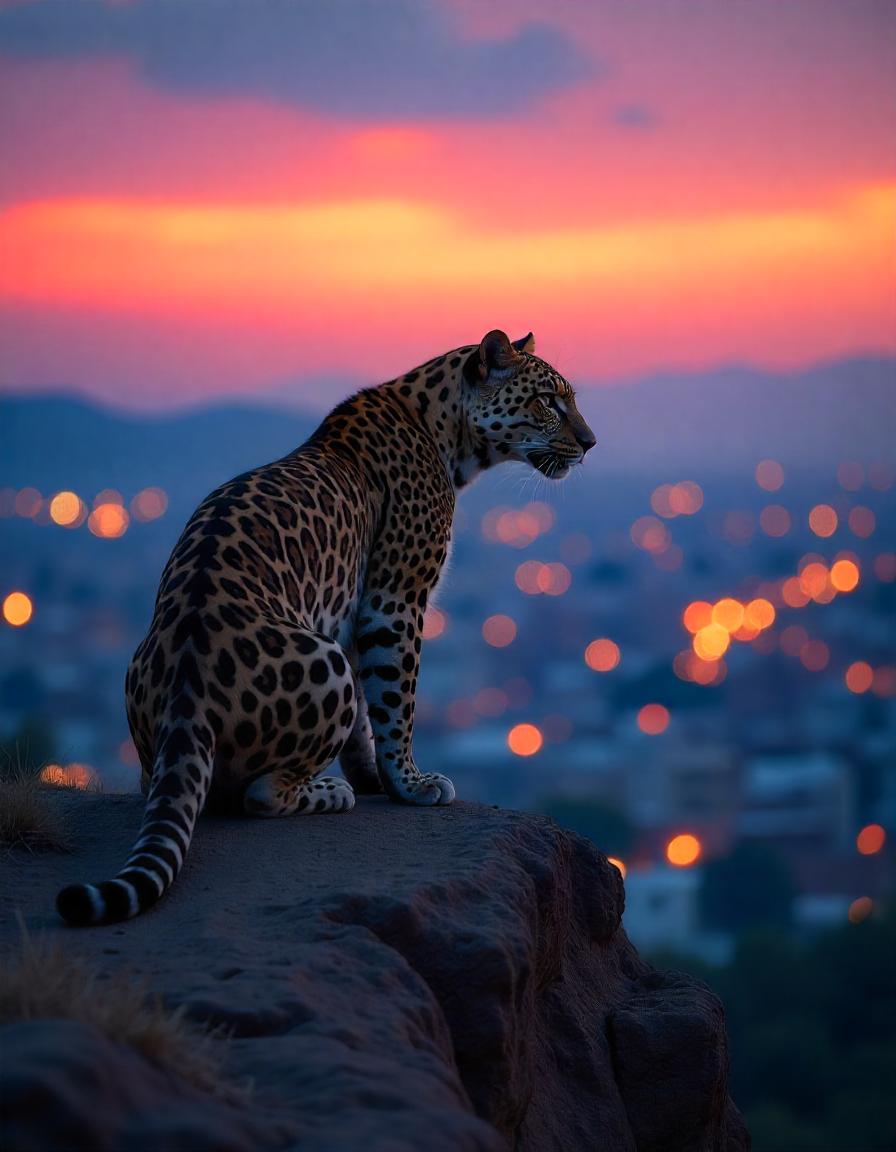
- How Leopards Are Adapting to Urban Environments
Despite urbanization, leopards are proving to be incredibly adaptable, finding ways to survive even near cities.
🐆 A. Becoming Nocturnal to Avoid Humans
✔ Leopards in Jhalana, Jawai, and Kumbhalgarh have become strictly nocturnal, hunting at night and avoiding humans during the day.
🚀 Fact: Studies show that urban leopards in Rajasthan hunt 70% of their prey at night, compared to just 40% in remote forests.
🐶 B. Switching to Alternative Prey (Stray Dogs & Livestock)
✔ With fewer wild prey, leopards hunt stray dogs, monkeys, and even pigeons in urban areas.
✔ In villages, leopards often prey on goats and cattle, leading to conflicts with farmers.
🚀 Example: In Jawai, leopards have adapted to coexisting with humans, preying on stray animals while avoiding attacks on people.
🏡 C. Living Near Temples & Villages Without Fear
✔ In places like Jawai Hills, leopards are worshipped as sacred beings, and locals do not harm them.
✔ Leopards have been seen resting near temples, sharing spaces with villagers without incidents.
🚀 Fact: Some temples in Rajasthan consider leopards as protectors, leading to unique cases of peaceful coexistence.
- Conservation Efforts: How Rajasthan is Protecting Leopards
Despite the challenges, Rajasthan has taken several strong conservation measures to protect its leopards.
🛡️ A. Jhalana – India’s First Urban Leopard Reserve
✔ Jhalana, once a hunting ground, was declared a protected leopard reserve in 2017.
✔ Regulated eco-tourism ensures that leopards are monitored and not disturbed.
✔ Rangers and rescue teams actively prevent human-leopard conflicts.
🚀 Success: Jhalana now has over 40 leopards, making it a model for urban conservation in India.
🛡️ B. Creating Wildlife Corridors
✔ Wildlife corridors are being developed to connect leopard habitats with bigger reserves.
✔ In areas like Kumbhalgarh and Ranthambore, leopard movement zones are being mapped to prevent road kills.
🚀 Example: Forest officials are working to connect Jhalana with Nahargarh Forest to allow leopards to move safely.
🛡️ C. Compensation Programs for Farmers
✔ Farmers who lose livestock to leopard attacks are compensated by the government.
✔ This reduces revenge killings and encourages coexistence.
🚀 Success: In many areas, leopard killings have dropped by 30% after introducing compensation schemes.
🛡️ D. Anti-Poaching & Strict Wildlife Laws
✔ Poaching of leopards is a punishable offense under the Wildlife Protection Act, 1972.
✔ Rajasthan has increased patrolling in leopard habitats to prevent illegal hunting.
🚀 Fact: Rajasthan has one of India’s best anti-poaching teams, with rapid response units in Jhalana, Kumbhalgarh, and Sariska.
- The Future of Leopards in an Urbanizing Rajasthan
✔ Leopards have proven they can survive near cities, but they still need protected areas and natural corridors.
✔ Expanding urban conservation programs like Jhalana could help create safe zones for leopards in cities.
✔ Eco-tourism and local involvement can turn leopards from “threats” into community assets, as seen in Jawai.
🚀 What’s Next?
✅ Expanding wildlife corridors to prevent habitat fragmentation.
✅ More urban reserves to allow safe coexistence of leopards and humans.
✅ Strengthening anti-poaching patrols and conservation laws.
🌍 Final Thought: Rajasthan’s leopards are masters of adaptation, but urbanization poses a growing challenge. By balancing urban development with conservation, Rajasthan can ensure that leopards continue to thrive for generations to come.
🔍 Have you ever spotted a leopard in Rajasthan?
Disclaimer All images used in this blog are either sourced from public domain or credited to their respective owners. If you are the copyright holder of any image and wish to request its removal or proper attribution, please contact us at [email protected]
